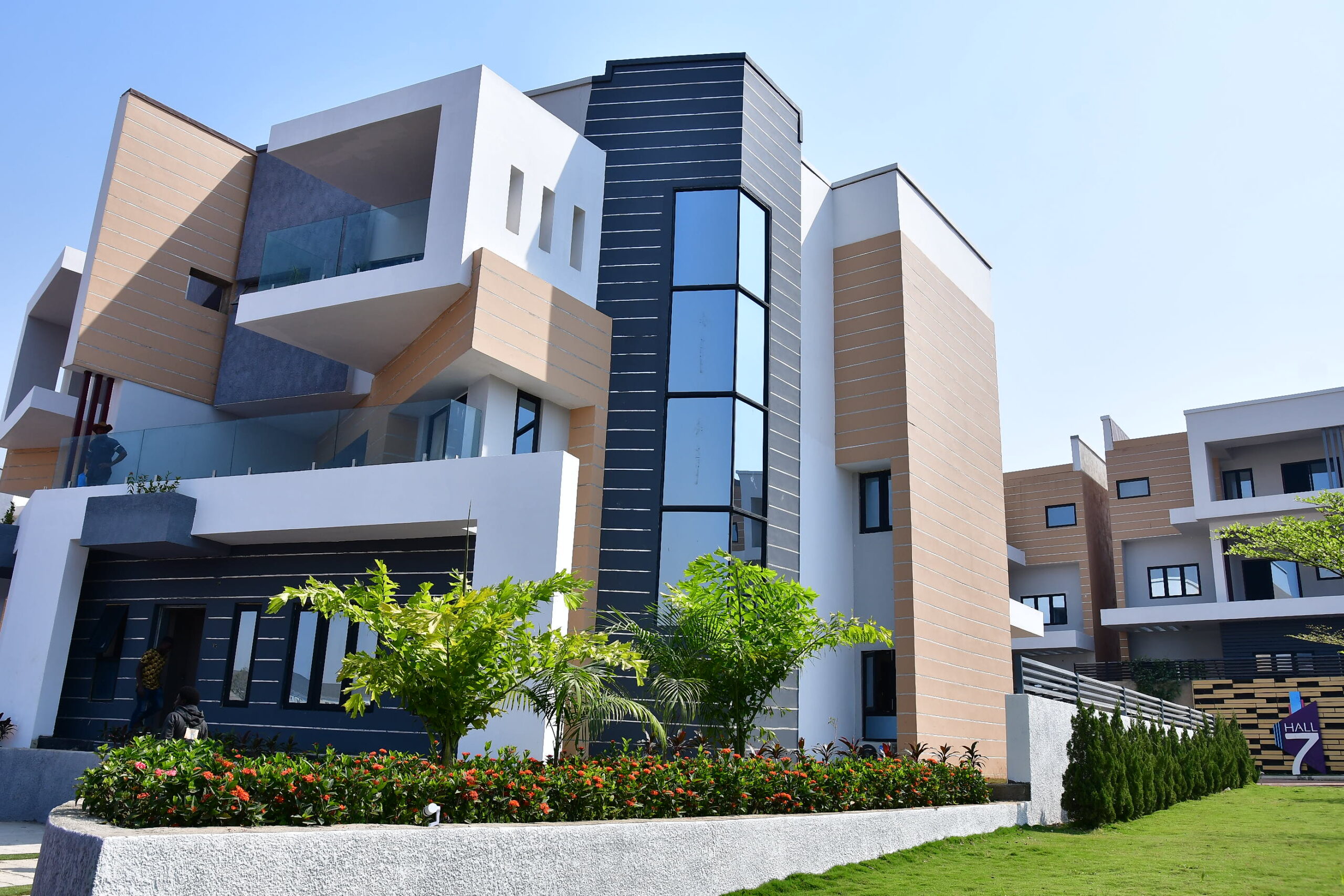When looking for properties to buy, you’ll want to look for the three main types of properties: single-family homes and condominiums. Single-family homes are detached and freestanding and built on individual land parcels. Condominiums, on the other hand, are homes for multiple families, often with shared grounds. Townhouses are usually multi-level residences with one or two walls shared with the immediate neighbors. These types of properties are often much more expensive, but are also very popular and are a great way to make some serious cash.
Class A Properties
A question often asked is, “What class of properties does Baton Rouge real estate investors look for?” As a rule, Class A properties tend to be the most stable and desirable properties for rental income. They also command the highest property prices. Investors also prefer to purchase these properties because of their relatively low cap rates. In addition, Class A properties are the safest type of property to invest in, which is why they typically provide the highest rental income even during tough economic times. Of course, class A properties are the most expensive, so beginner real estate investors may not be able to afford them.
For the most part, investors are looking for properties in prime locations. This type of property will command the highest prices in the market, with the lowest cap rates. In exchange for lower-income, they value the security of a superior location and the potential for future growth. Class A properties tend to command higher purchase costs than their Class B or C counterparts. Class A properties are also much easier to sell than their lower-end counterparts.
Class B Properties
Class B properties are considered the sweet spot of multifamily investing. They tend to have lower rents than Class A properties but have amenities that rival Class A buildings. They generally appeal to working-class tenants and have less expensive amenities than Class A properties. They’re somewhere in between, but can still be very lucrative.
Class B properties typically have lower rents but may offer value-add renovation potential. They are generally older, with lower rents, and may need some capital repairs to be attractive to tenants. They are often in lower-income neighborhoods with higher percentages of renter households and need extensive repair work. They are ideal for investors looking to invest in short-term fix-and-flip properties. In some cases, they can be uninhabitable until they are brought up to code.
Class C Properties
A classic example of a Class C property is a four-story office building that was built in 1918. Despite its age, it has not undergone a major renovation since the 1970s. While the building may have a few original amenities, it is in need of extensive repairs. It may also lack the necessary infrastructure for modern tenants, and it may have no on-site parking. Class C properties tend to be in poor physical condition, and many investors overlook these issues and overlook them entirely, lowering their returns.
Rental properties are a popular form of investment for savvy real estate investors. These properties are usually in desirable neighborhoods with low vacancy rates and low maintenance costs. They can also provide a high cash flow and value-add potential. However, investing in Class C properties requires you to have a strong real estate team in the area, which can help you identify the best deals. Regardless of whether you are a buy-and-hold investor or a flipper, these properties can yield a healthy return.
Class D properties
If you’re looking to invest in real estate, you’ve probably heard about Class D properties, which are older properties that need a substantial amount of repair. These properties are often in a dangerous neighborhoods and may not be the best place to invest if you want to earn a good ROI. In addition, these properties are typically occupied by low-income, unsteady tenants. This makes it challenging to manage and collect rent. Additionally, these properties aren’t likely to appreciate in value. Luckily, they’re also the cheapest to buy and often yield the highest rent-to-price ratios and cash-on-cash returns.
Class E Properties
Class E properties are often older and in need of extensive repairs. They are often located in an area with an aging population and are prone to crime and deterioration. Tenants in these properties are likely to earn lower salaries and have low credit scores, making it difficult to collect rent. Also, they are unlikely to appreciate in value, so they are not a good investment for the average investor. However, they do tend to be inexpensive and can be profitable with the highest cash flow and rent-to-price ratios.
Conclusion
The classes of real estate properties can be classified according to their livability, age, condition, and amenities. For investors, the best properties are Class A+ properties, which offer a higher rate of return and can be sold easily despite market cycles. Class B and C properties, on the other hand, tend to be older properties in lower-income neighborhoods. Flat Fee Realtor should consider the rental demand for a property to determine the appropriate class.

